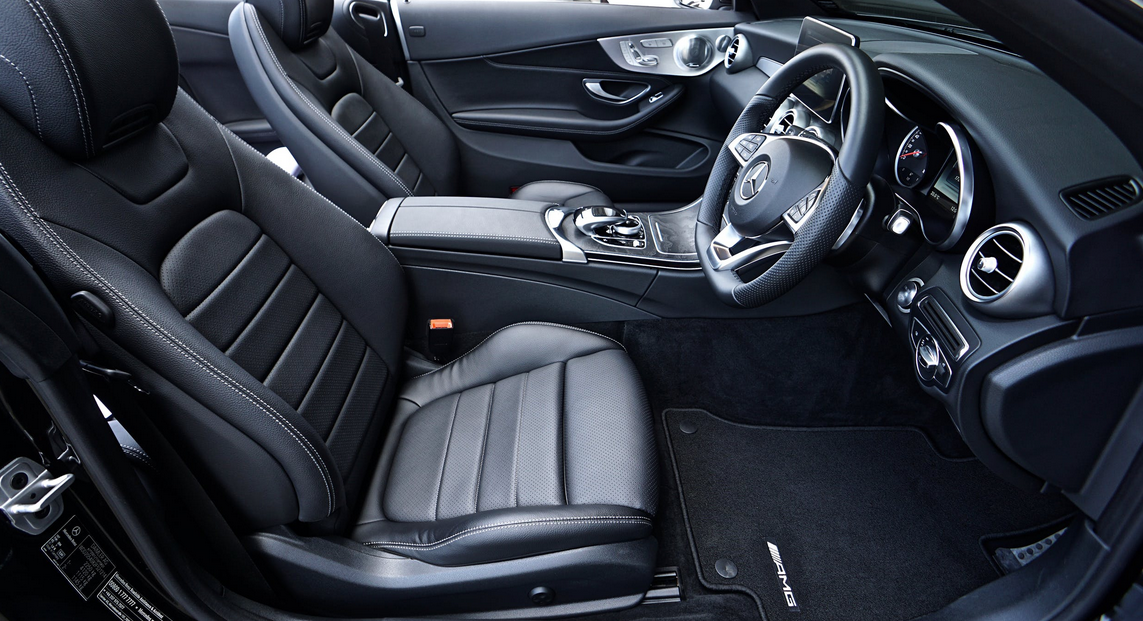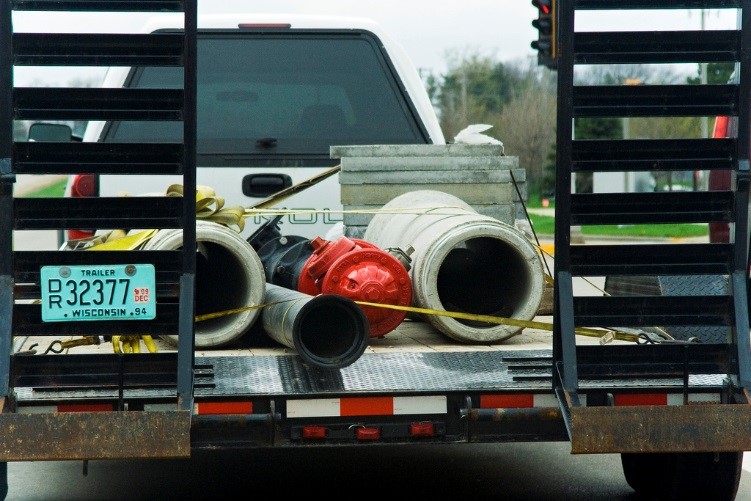Buying a new car can very exciting; we all love new, shiny things. But, somewhere between our decision to buy one, and actually driving it off the lot, there is a lot of room for error. And, far too many people end up with some degree of buyer’s remorse, caused by issues such as now realizing that monthly payment is just a bit higher than they should have taken on to skipping the test drive. Here are just a few of the more common mistakes to bring into your awareness during the buying process, to hopefully make for a smoother transaction with which you will be satisfied.
Only Focusing on the Monthly Payment
When it comes to our financial life, we tend to put the heavier focus on the short-term, rather than the long. We think of our monthly income, and make decisions, such as what type of car payment we can handle, based on that figure. This is understandable, but when it comes to buying a car, this could lead to paying way more than you should. A salesman is likely to ask you what you are looking to spend per month on a car payment—don’t answer this question. Because once you do, he can do a lot of finagling to really up that final sales price. It is easy to tempt you into spending an extra 60 bucks a month for a few extras, but in reality, you will be adding thousands of dollars to the total price of the vehicle. Just focus on the cars you like, then working out a price.
Being in the Dark about Financing
For most people buying a new car, financing is a necessary factor in the equation. But, if you know little about it, you could end up with a less-than-optimal deal. Before you go into a dealership, you should get an idea of what kind of interest rates for which you may be qualified. Get your credit score, and reach out to your local bank or credit union to get an idea of this number. Then , when you go shopping for your car, you will know whether the terms being offered to you are optimal, or if you should get a loan from a third party.
Not Taking a Test Drive
Not all cars are the same when it comes to comfort, maneuvering and the like. It is easy to think they are though, and you may not feel the need to take a test drive. But, this could be a big mistake. I recently read an article where a staff member of Consumer Reports talked about frequently hearing complaints from people he knows about all the different things they don’t like about their car, whether it be poor visibility or uncomfortable seats. All things that could easily have been discovered with a test drive—at least 30 minutes is the common recommendation from auto experts. A thorough test drive can really help you compare the cars in which you are interested, and increase your confidence in your purchasing decision.
Not Clarifying What You Need and Want
Sure, you need a car—no big mystery there. Sure, you may have a general idea of what you can spend, which certainly narrows down the choices. But, to minimize the risk of a regretful purchase, it is important to think about what you need and want in a car, with the former taking on the most importance. Yeah, the needs are not the most fun stuff to think about, but they are the most important. Having a clear idea of the type of car you want to purchase will keep you focused and on track, and most importantly, on budget. So, start gathering your information to get a clear idea of the right car for you.
Kelli Cooper has blogged about all things auto from teen driving lessons to writing effective used car ads.





